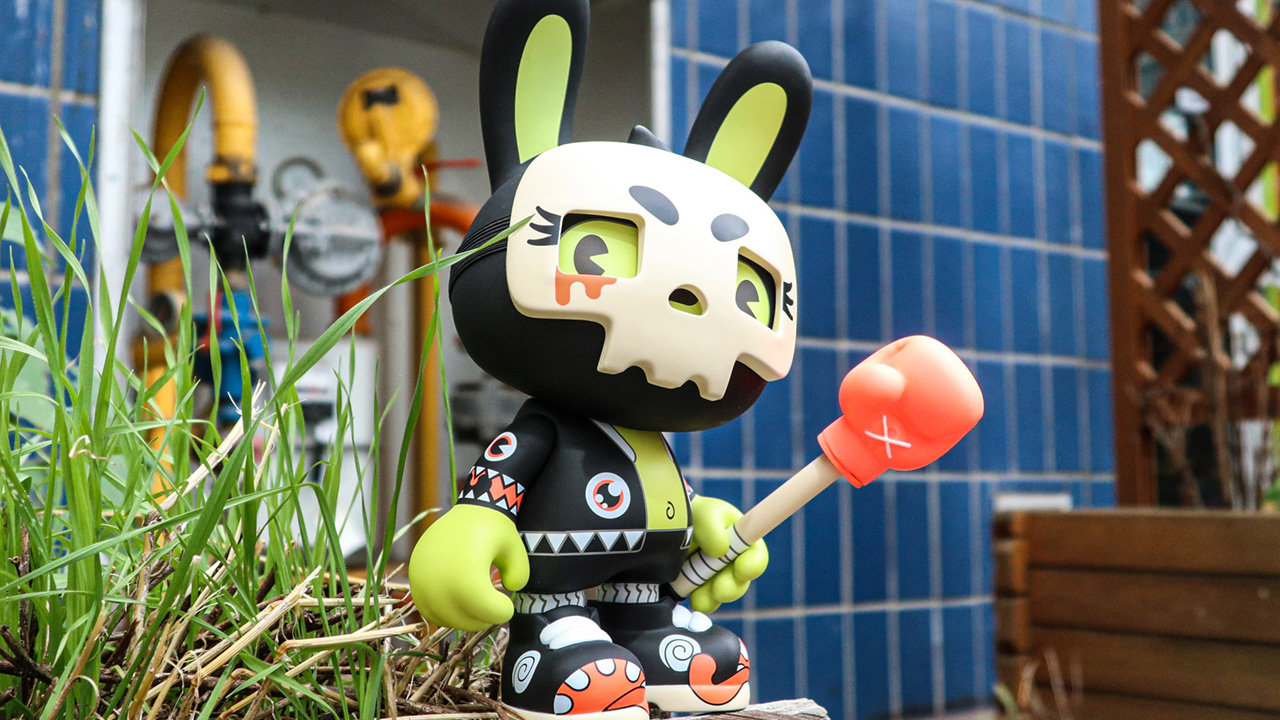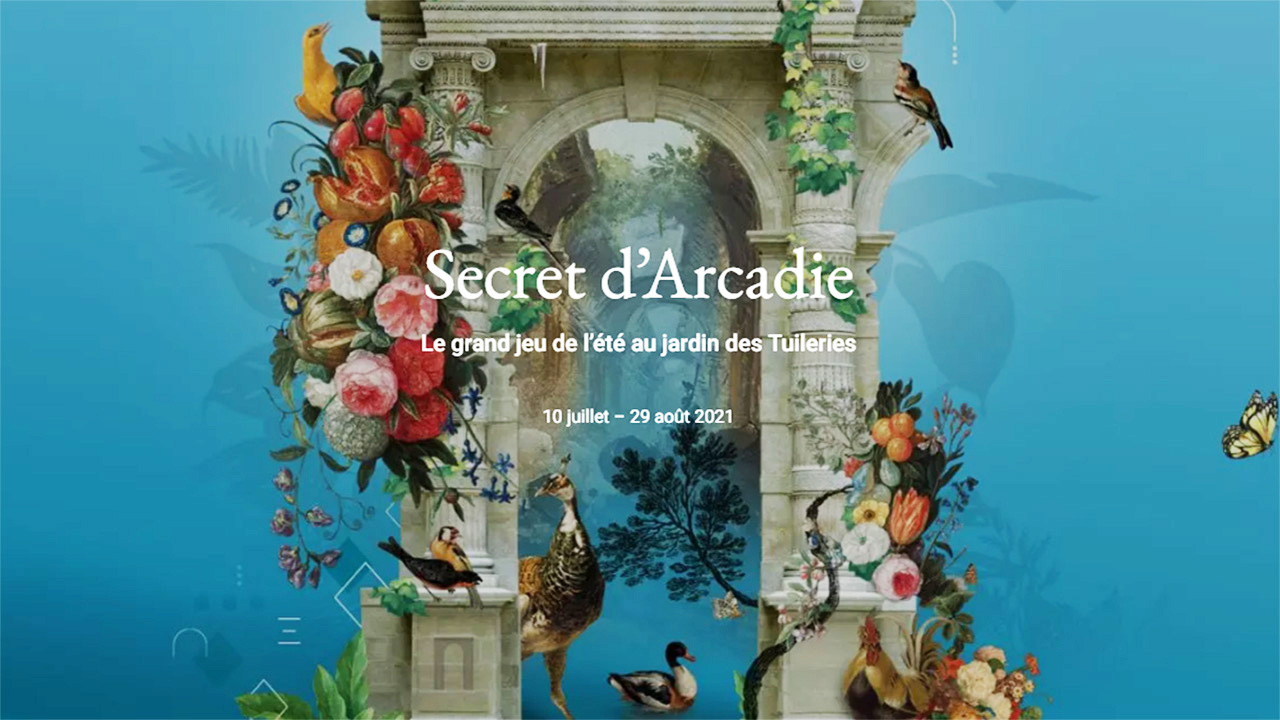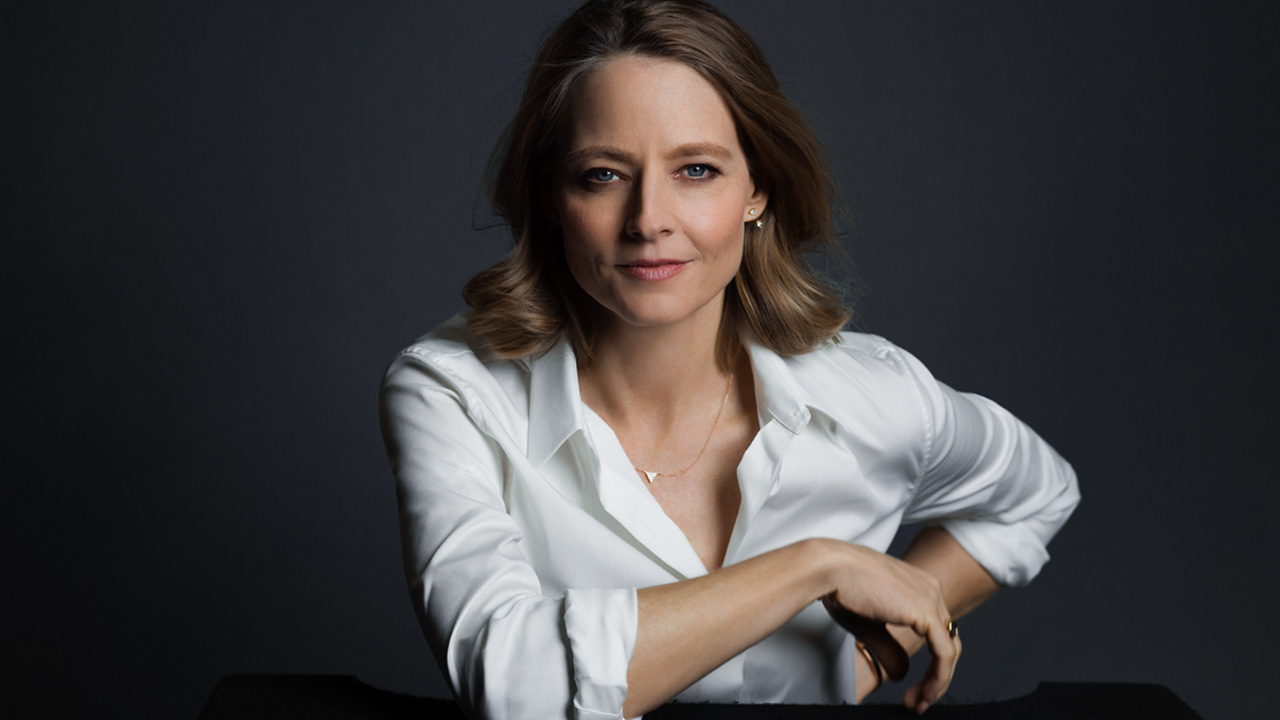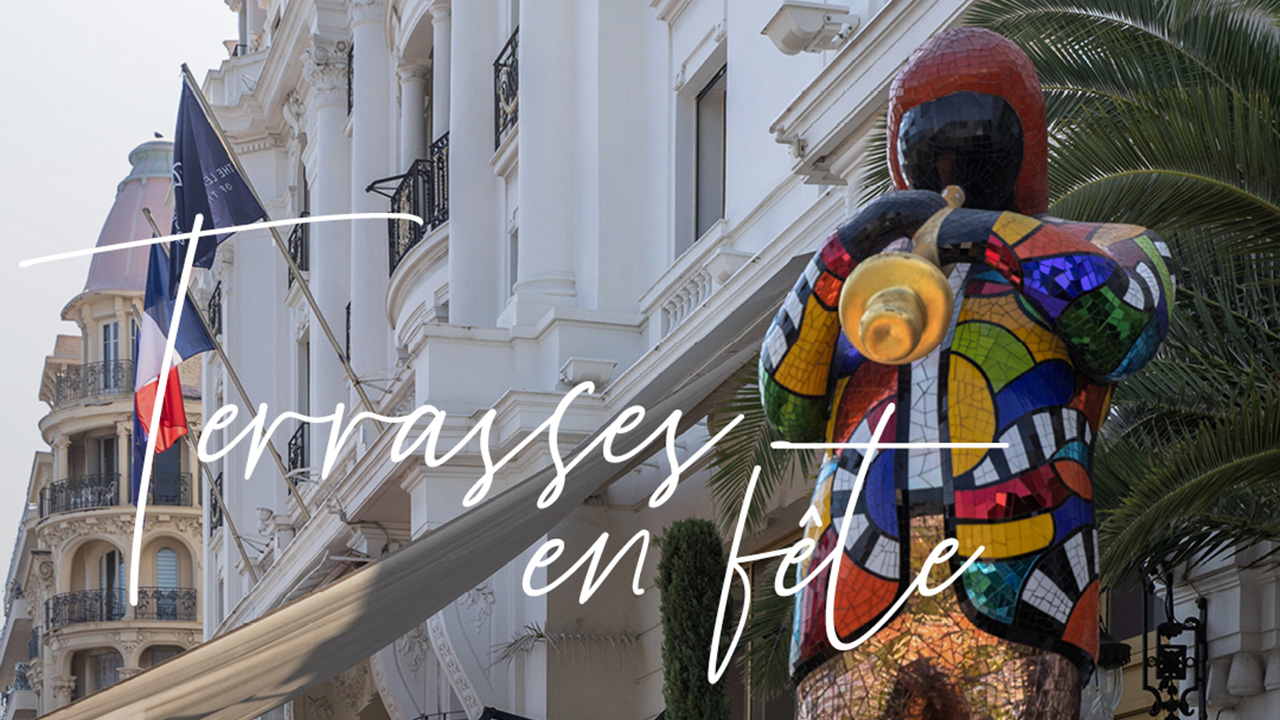
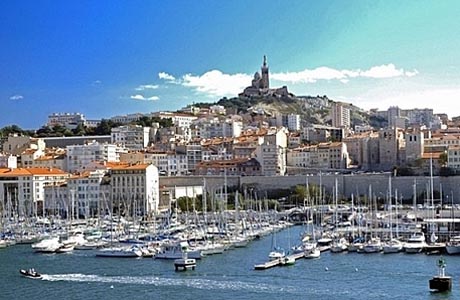
Last week, we read a great article by Amy Wilentz published on the New York Times: France Nouveau. She has done a terrific job of putting together a nuanced and lively portrait of Marseille; no cliché here (much appreciated) but real life encounters to describe the way of life in Marseille.
Here are few lines from the article:
In Marseille’s small airport, you buy a 1 euro cup of machine coffee and you get on a plane headed for Paris or home, your mind filled with one version of France: idyllic little towns with churches and castles, lush green valleys, fruit trees in serried ranks, Provençal linens, village markets, antiques, lace, espadrilles, vineyards, lavender, handcrafted pâtés, local wines, artisanal goat cheese. But I like to leave the airport behind and drive another 20 minutes. As I come round a bend in the highway, a very different France pops up in front of me. After the rest of Provence, Marseille’s cityscape is a giant reality check — an affront to the storybook country.
The author explains:
Yes, the usual orange-tiled roofs spill down a hill to the city center, but vast housing projects are scattered throughout the north side of town, and huge, serious ships sit in Marseille’s modern port, a dozen or so cranes and forklifts towering over it, lifting and turning, testimony to construction and economic activity. Unlike the rest of the country, for Marseille, it’s all about the water; the land has very little to do with the life of the place.
If you visit France, you have to go to Marseille and see by yourself. Another argument for visiting the city: Marseille has been recognized as a European Capital of Culture in 2013. You can find more information on the city’s official website.
